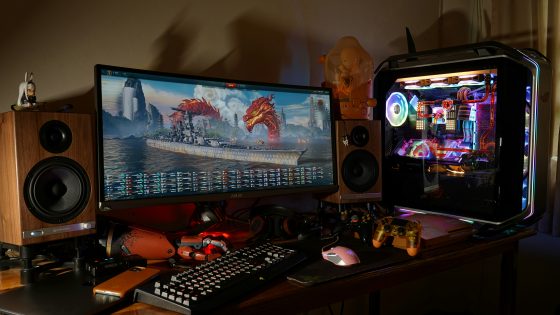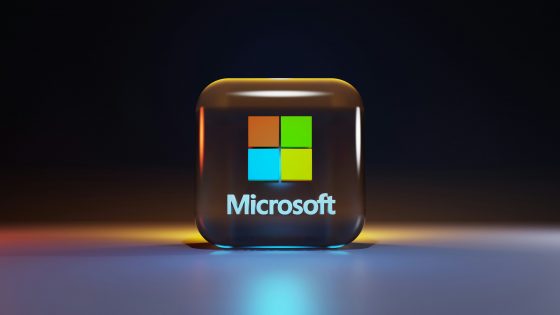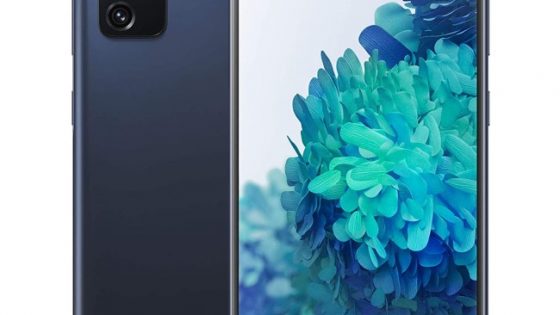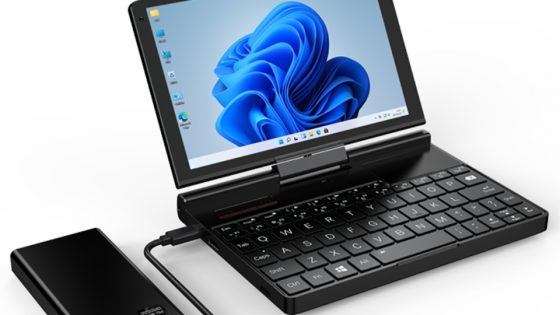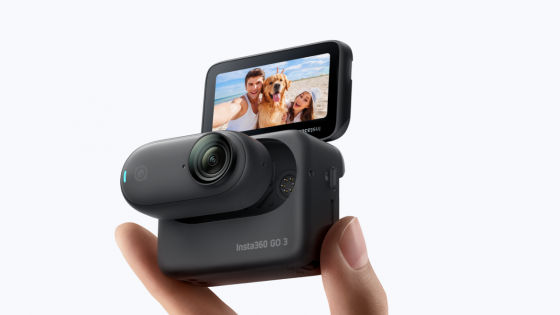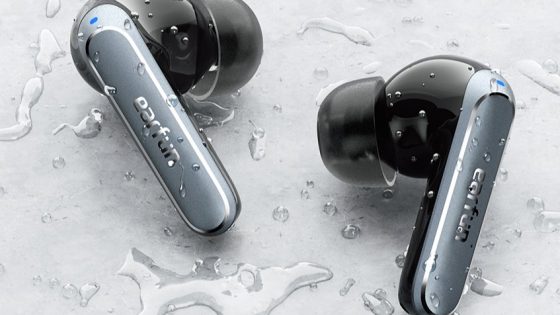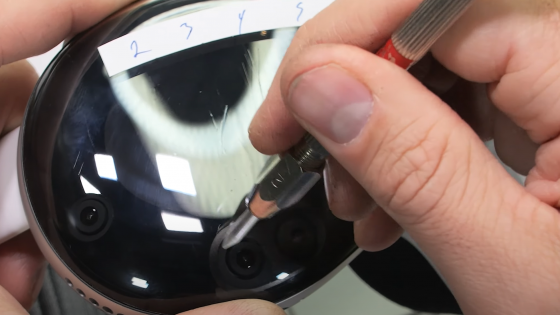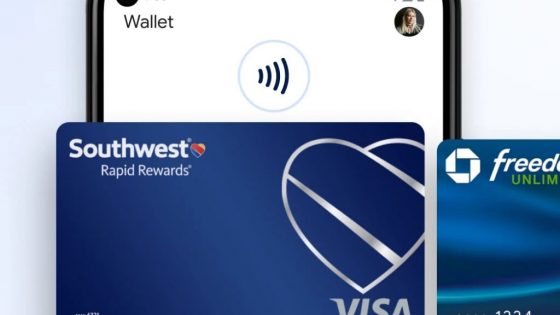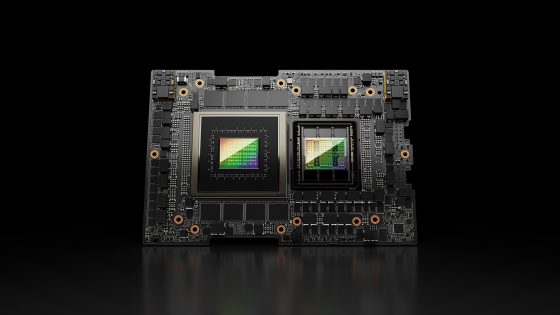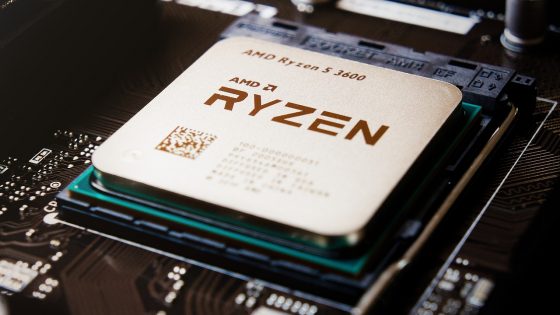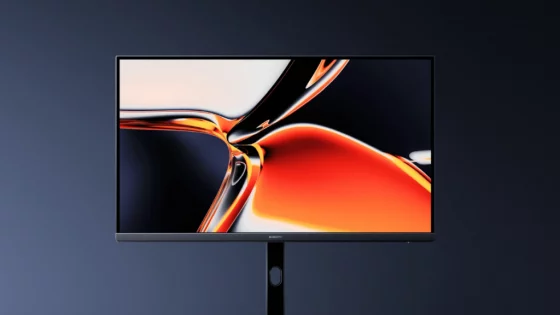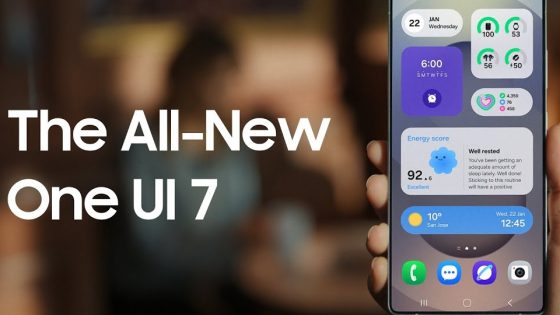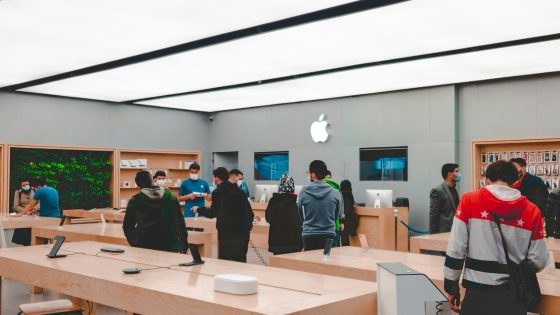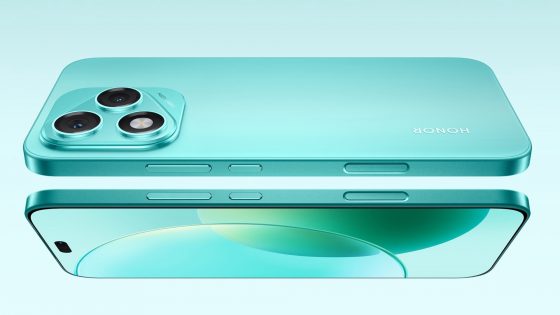How to make your phone last as long as possible?
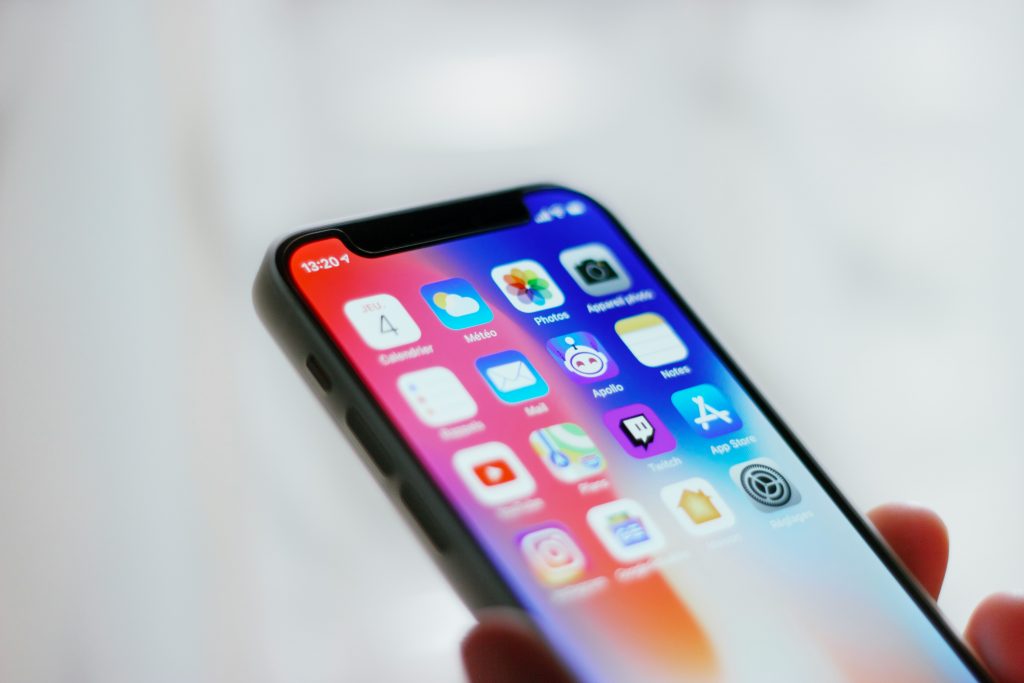
Xiaomi and Honor offer 4 years of support for their mobile flagships, but in the mid-range this figure is an average of 2 years. This new commitment from manufacturers to longevity is welcome news for users and, according to analysts, even better for the environment. At the same time, this is another number - in addition to processor performance, cameras, screen brightness... - with which manufacturers can compete.
Will the phones really last all 7 years? Will they last four years? Much depends on the habits of the user. Those who push their phone's performance to the limit almost every day do not fare well. Others who use their phone for web browsing and occasional photography have a much better chance, but nothing is guaranteed.
The first component to fail is the battery. Every component has a certain lifespan, and the battery is certainly the most affected. Not only is lifespan dependent on charge cycles, it is much more affected by heat than any other component. If we assume that the battery retains up to 80 % of its capacity after two to three years of use, for optimal use the battery should be changed at least twice during the entire life of the phone.
However, this is no longer as easy as it was in the past. Most of the best phones are waterproof, which means that there are seals and adhesives in many places that prevent water and other foreign objects from entering. Of course, not every user is brave enough to change the battery or other components that tend to break, such as the USB-C port for charging. For most, a visit to the repair shop is imminent, which is nothing wrong with that, but of course you will accumulate some additional costs.
Usually, at this moment, the user decides whether to repair the phone, give it a few more years of life, or simply prefer to buy a new one. Most choose the second option. If you decide on the first one and would like to extend the life of your phone a little more, we can help you along the way.
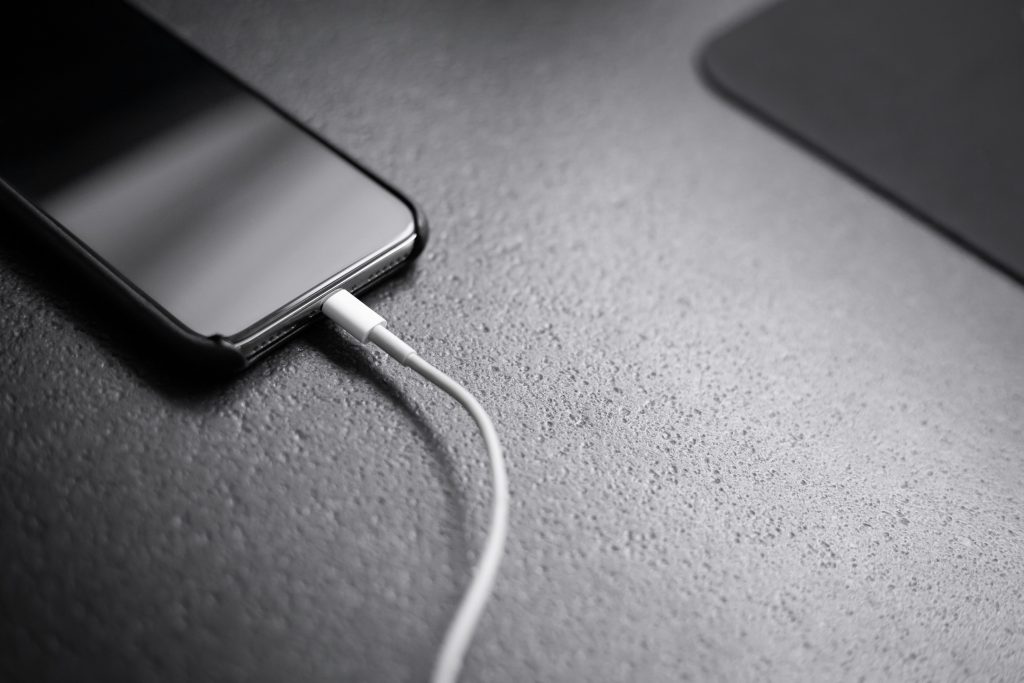
How to extend battery life?
Electronics and heat are like water and oil, they don't work very well together. Heat is an inevitable byproduct of phone use. Even if you are just browsing the web, the temperature of the chip in your phone rises. When we start playing games, especially the more intense ones, we can also record temperatures above 50⁰C. Taking photos is also very taxing on the phone. If you've ever been taking pictures and recording for a long time, you've definitely noticed that the phone got really hot. It is difficult to say how much an individual intense gaming session affects the battery, but the phone or its battery will usually break faster in the hands of a gaming enthusiast than in the hands of an average user. Not only because of the heat, but also because of more frequent charging.
The first tip is to only charge the phone up to 80-90 %. Newer phones have the ability to specify in the battery settings whether you want to limit the charging (to less than 100 %), which is also highly recommended. If you do not have this function, you can install an application that will alert you when the phone is charged to the desired capacity. But when you really think you'll need those extra 10 % batteries, for example when you're going on a long trip, then of course charge it all the way. We also recommend charging your phone before the battery percentage drops below 30 %.
Also limit the charging speed. With the exception of Apple and Samsung, manufacturers today offer pretty crazy charging speeds. Xiaomi, Huawei and Honor also offer charging power above 100 W, which means that the phone can be charged for all-day use in a good 10-15 minutes.
Phones are smart enough to adjust the charging power themselves. 100W charging will not be in use throughout the charge, but usually only at the beginning. Some phones offer you to ignore this limit and turn on full power while charging. If you're really in a hurry, turn it on, but we recommend that you refrain from doing so, as it heats up the battery much more.
Do not charge your phone at night. This advice has been valid since time immemorial and to some extent is still valid today. Phones, but not all, have a BMS system that, among other battery protection features, also has a way to adjust charging at night. In this case, the phone will first charge up to 80 %, remember your wake-up pattern, and charge the last 10 % just before you wake up. While waiting, it will only maintain the battery state and will not constantly bombard the phone with energy.
None of the above is a miracle solution to extend battery life. Even if you follow all the tips, we cannot guarantee that the battery will last 4 years or more. But you at least gave her the chance to maybe last a year or so longer.
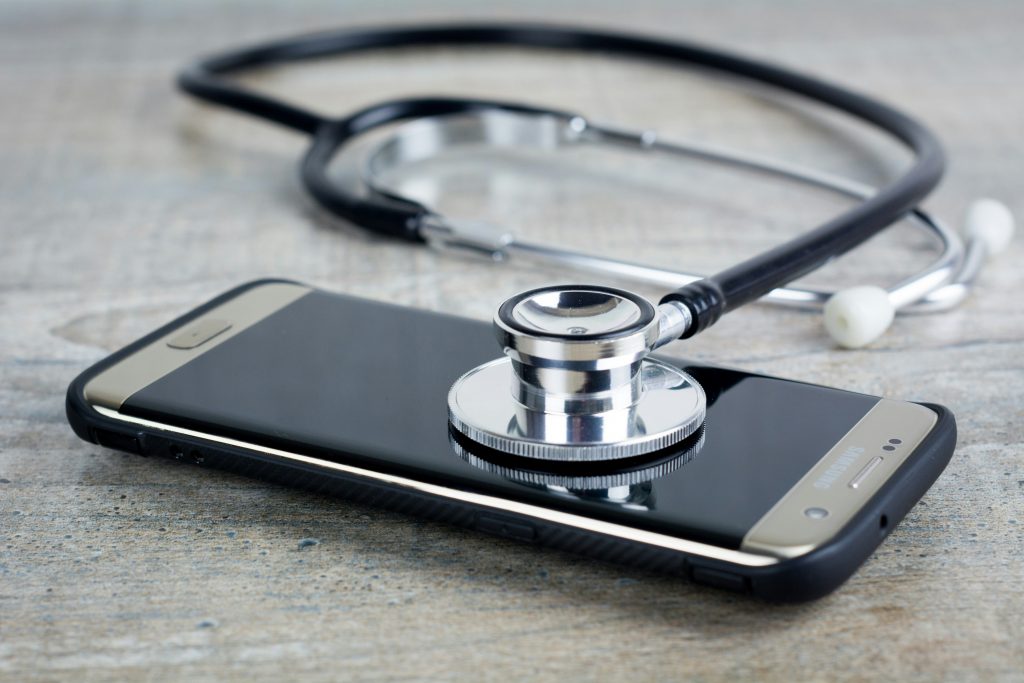
Physical protection of the phone - covers and protective glasses
If we dare to say that we don't spare the battery, and we don't pay much attention to how we could extend its life, we usually do a lot more for physical protection. Most likely also due to past experiences, since almost everyone's phone has fallen on the floor (or several times) and suffered damage. A scratch on the edge of the case doesn't hurt us that much, but a cracked screen much more.
When it comes to physical protection, we must take care of the protective cover, which is the first line of defense against injuries. This protects the phone from scratches and softens shocks. We know flip cases, purses, silicone covers and anything else you could find. Whatever you use is better than nothing. What you choose depends mostly on your habits and preferences.
A case that also protects the front of the phone is a great choice, but on the other hand, you'll have more work to do with it before you "get to the screen" every time you use it. He may be a bit clumsy, but some people don't mistake him for anything in the world.
On the other hand, one of the more common choices is a silicone cover, which does not protect the screen, but the damage to the front of the phone hurts us the most. Premium phones are equipped with highly durable screens that are resistant to scratches and cracks. Otherwise, especially for those in the middle and lower price range, it is worth considering additional protection or a protective glass that will protect the screen of your favorite device. Even with premium phones, you will definitely have more peace of mind if you install a protective glass on them.
It will not be superfluous if we emphasize once again that the phone should not be exposed to high temperatures, do not leave it in the sun, etc. This not only damages the battery, but also other components and shortens the life of the phone.
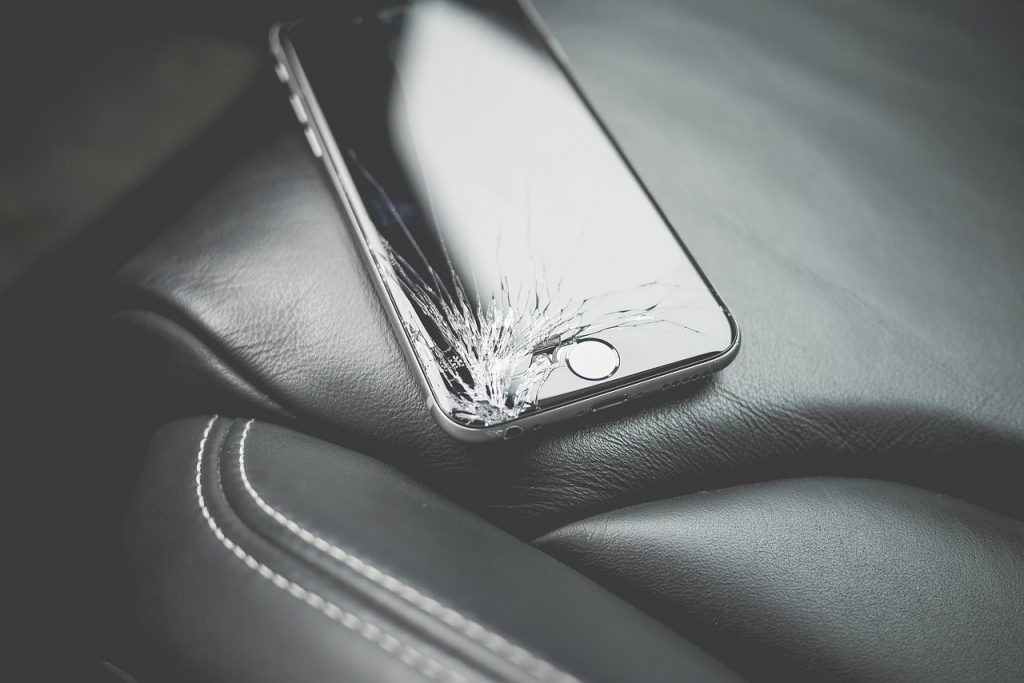
Update your software
Regular software and application updates are also a factor that should not be neglected. Although we often think "what do I need if I'm perfectly happy with my phone", updates usually include performance and security improvements.
Also, one of the tips is to remove applications from the phone that you do not use, thereby freeing up space and reducing the load on the system. This not only frees up space on your phone, but also prevents apps you don't use from running in the background and using system memory capacity. With one or a few deleted apps, the difference may not be obvious, but if you clean the cover regularly, the phone will work better and faster.
Save memories on the fly to an external device or to the cloud
Apart from calling and texting and using those few favorite apps, the most common use of a smartphone today is probably as a personal pocket camera. It collects thousands of photos every year. A fully occupied phone memory also puts a strain on the system, so make sure to save your memories in real-time.
One of the options is to save to another location, for example a computer or an external drive. Another is cloud storage. Be careful how much space you allocate to your images in the cloud, as it's not uncommon for individual photos to be 3-5MB or more - and space quickly dries up.
To keep your device running smoothly, regularly delete temporary files, cache and data you don't need.
Turn off your phone once in a while and give it a little rest
Smartphones often save us in countless situations, so repay them with your usage habits. Plug and unplug the charging cable (in most cases these days it's USB-C) by feel, trust me this will make the USB-C port on your phone work longer. He won't mind if you look here and there to see if any dust has accumulated in the connector and clean it - this advice actually applies to the entire phone. You can help yourself by blowing and using a toothpick, but be careful not to damage the key components of the phone.
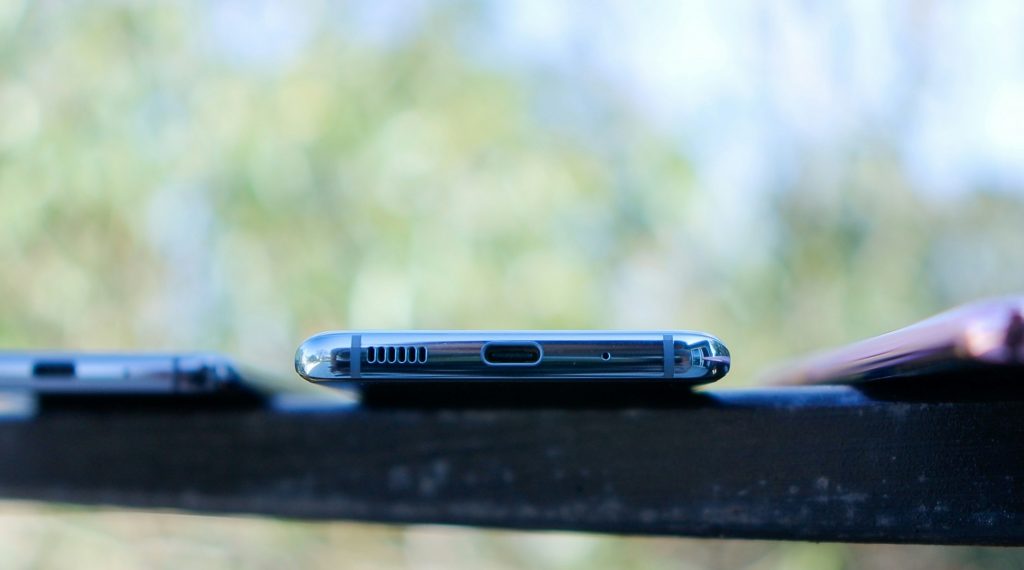
Also, put the phone down on the table or anywhere with feel. Don't throw it all over the place.
After several days of non-stop work, he will be grateful if you give him a few minutes of rest here and there. Choose a day of the week when you can miss him for a short time. The phone will cool down a bit, just turning it off will free up some space in the real-time memory, which will have a positive effect on its performance. Even if you don't feel it directly, a little break won't hurt him.





